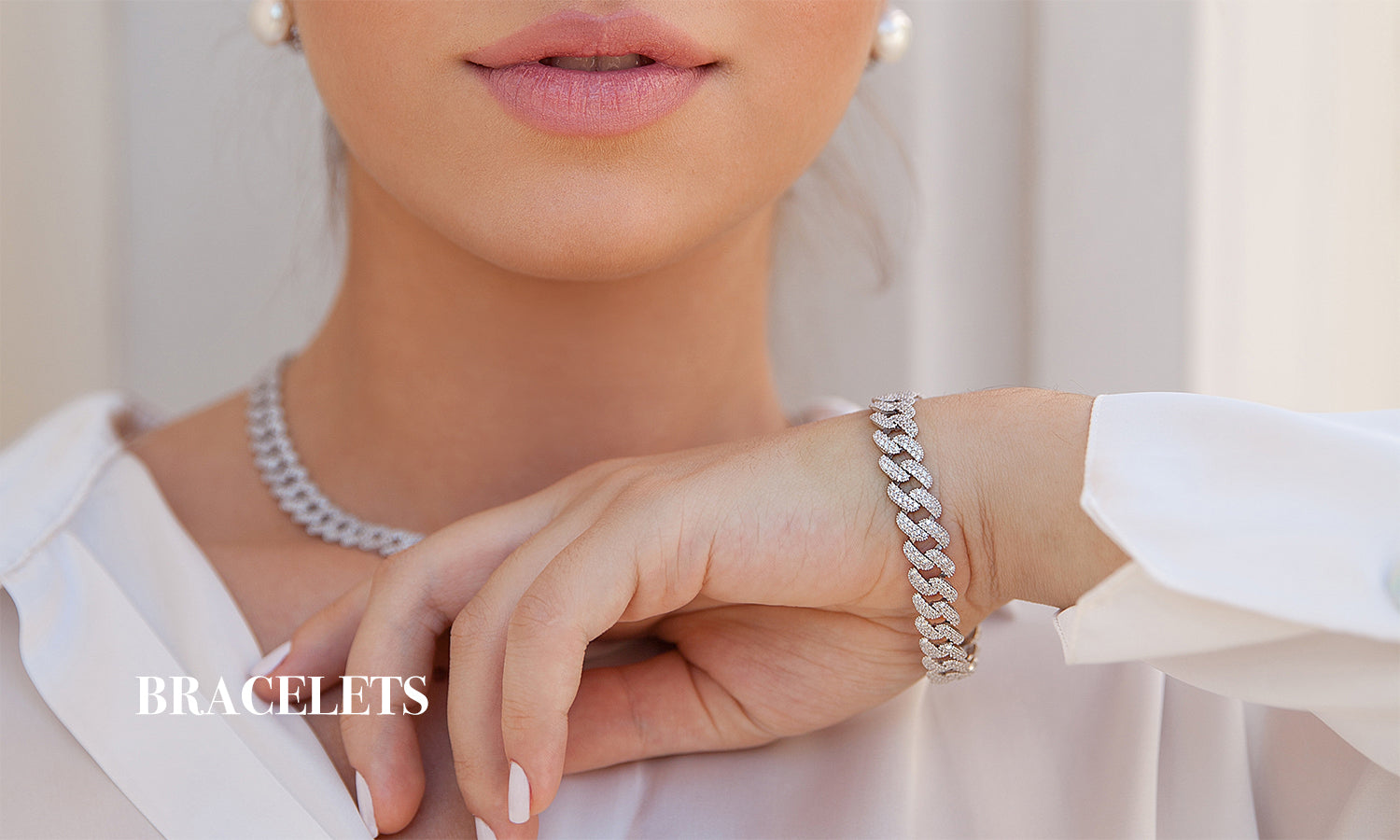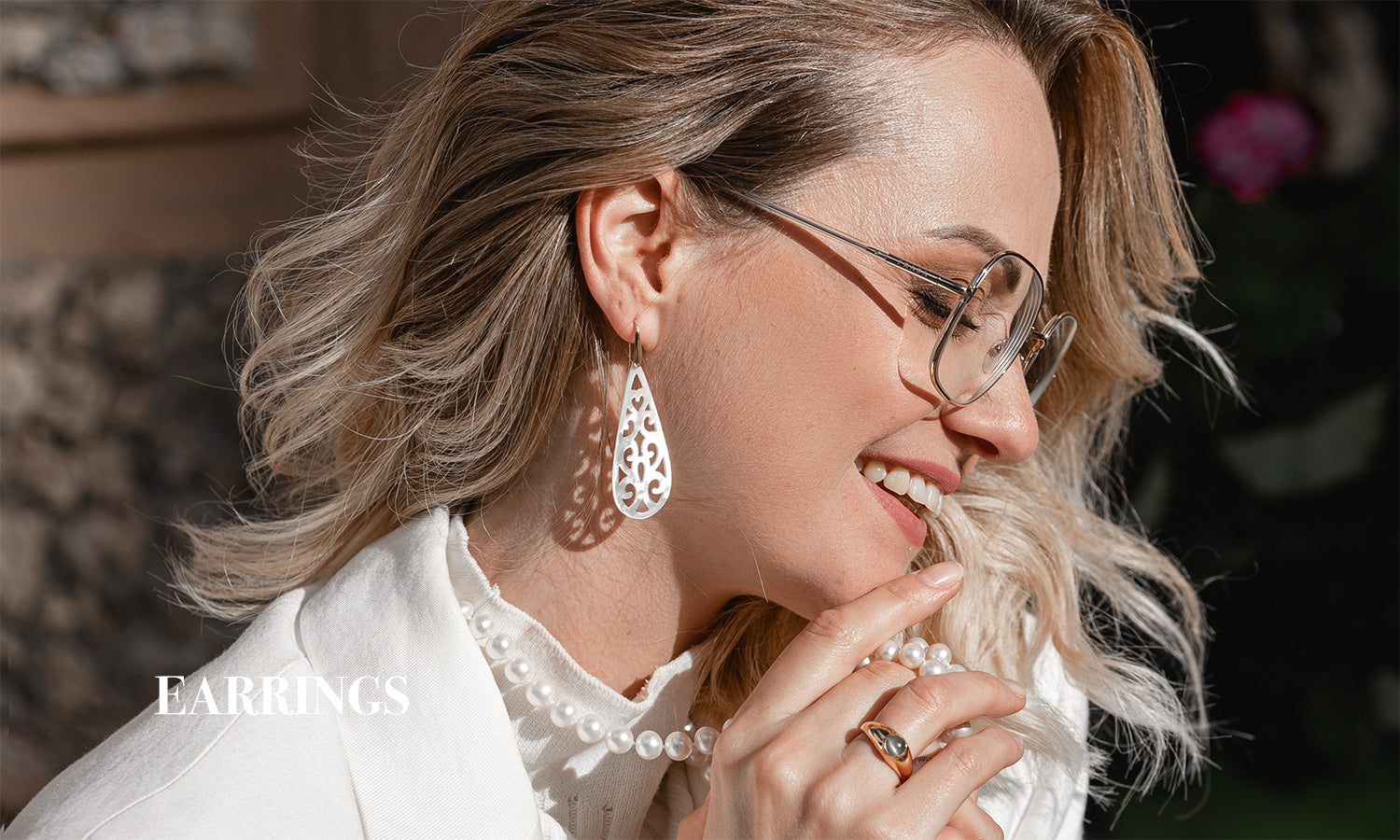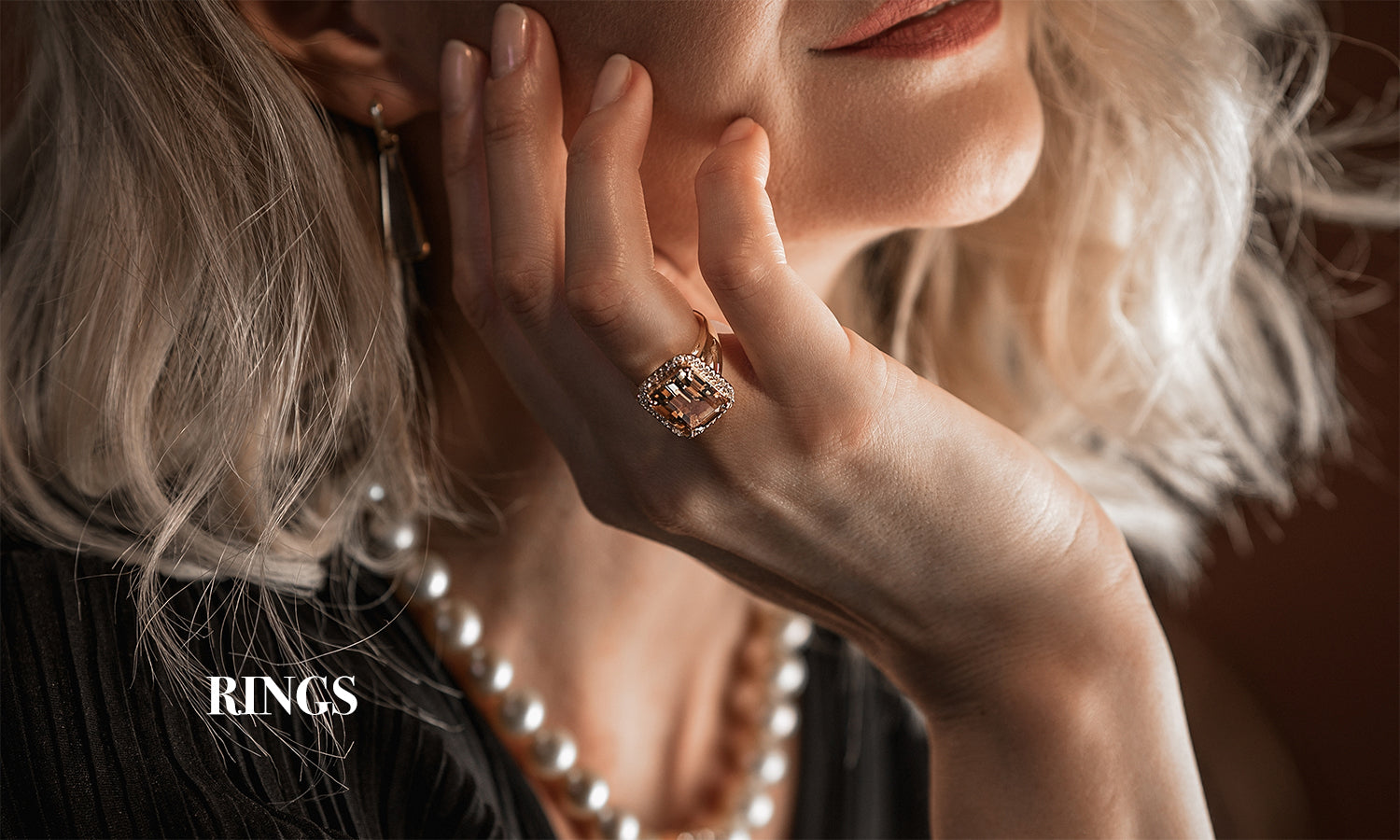
The Craftsmanship and Materials Used in Authentic Viking Jewelry
Share
Viking jewelry is more than just ornamental adornments; it is a reflection of the craftsmanship, culture, and artistry of the Norse people. From intricate brooches to finely crafted rings, authentic Viking jewelry tells a story of tradition, identity, and skill. In this article, we will explore the materials used and the craftsmanship that defined this remarkable aspect of Viking heritage.
|
Aspect |
Details |
|
Historical Context |
Viking jewelry reflects the culture, status, and artistry of the Norse people during the Viking Age. |
|
Materials |
- Silver: Most common; intricate designs via filigree. |
|
|
- Gold: Rare; reserved for the wealthy, often featuring elaborate motifs. |
|
|
- Bronze: Accessible alternative for everyday use, with distinctive aged appearance. |
|
|
- Gemstones & Glass: Used for color and status; included garnets and imported glass beads. |
|
Craftsmanship Techniques |
- Casting: Allows detailed designs, producing multiple pieces from a single mold. |
|
|
- Hammering & Stamping: Creates texture and embellishments on jewelry. |
|
|
- Wire Work: Involves twisting and shaping thin wires into elaborate designs. |
|
|
- Granulation: Adds depth with tiny metal granules for intricate patterns. |
|
Symbolism |
Jewelry often features Norse mythological themes, conveying messages of protection, fertility, or bravery. |
|
Cultural Impact |
Viking jewelry continues to inspire today, connecting wearers to a rich cultural heritage. |
The Historical Context of Viking Jewelry

The Viking Age, spanning from the late 8th to the early 11th century, was a time of exploration, trade, and cultural exchange. Vikings were not only warriors and explorers but also skilled artisans. Jewelry served multiple purposes: it was a status symbol, a form of wealth, and a means of personal expression. Understanding the craftsmanship behind these pieces gives us insight into the values and lives of the Vikings.
Materials Used in Viking Jewelry

R0954-NK01 Foreign trade jewelry wholesale Personality Vintage Viking – Planderful Shop
1. Silver
Silver was the most common material used in Viking jewelry. It was often sourced from trade routes and was highly valued for its beauty and rarity. Artisans would craft intricate designs, often using techniques like filigree, which involved twisting thin wires of silver into delicate patterns.
2. Gold
Gold was rarer than silver and typically reserved for the wealthiest members of society. Viking gold jewelry often featured elaborate designs, including knotwork and animal motifs, signifying power and prestige. The use of gold was a statement of wealth and influence within the community.
3. Bronze
Bronze was a popular alternative to silver and gold, especially for everyday jewelry. It was more accessible and allowed for a wider variety of designs. Artisans would often patinate bronze to create a distinctive aged appearance, adding to its charm.
4. Gemstones and Glass
Although less common, gemstones and glass were sometimes incorporated into Viking jewelry. Stones like garnet, amethyst, and even imported pieces from the East were used to add color and signify status. The use of glass beads, often made through intricate techniques, also played a significant role in Viking adornments.
Craftsmanship Techniques

Titanium Steel Viking Ring for Men - Retro Domineering Cross-Border Je – Planderful Shop
1. Casting
One of the primary techniques used in creating Viking jewelry was casting. This involved pouring molten metal into a mold, allowing for detailed designs. Artisans would often create multiple pieces from a single mold, showcasing their skill in both design and production.
2. Hammering and Stamping
Viking artisans employed hammering and stamping techniques to create texture and detail in their jewelry. This method allowed for intricate designs and was often used to embellish the surface of brooches and pendants.
3. Wire Work
Wire work was a hallmark of Viking craftsmanship. Thin wires of silver or gold were twisted and shaped into elaborate designs, often forming spirals, loops, and interlacing patterns. This technique showcased the artisan’s dexterity and attention to detail.
4. Granulation
Granulation involved the application of tiny metal granules onto a surface to create intricate patterns. This labor-intensive process added depth and texture, elevating the overall aesthetic of the piece.
The Significance of Symbolism

Personalized Viking Horns Skull Ring for Men - Durable Titanium Steel – Planderful Shop
Viking jewelry was often rich in symbolism. Many pieces featured Norse mythological themes, such as depictions of gods, animals, and runes. These symbols conveyed messages of protection, fertility, or bravery. The choice of symbols was personal, allowing individuals to express their identity and beliefs through their adornments.
Conclusion
Authentic Viking jewelry is a testament to the skill and creativity of the Norse artisans. The materials used—silver, gold, bronze, gemstones, and glass—coupled with the intricate craftsmanship techniques of casting, hammering, and wire work, resulted in stunning pieces that were both functional and beautiful. Today, Viking jewelry continues to inspire and fascinate, serving as a bridge to a rich cultural heritage. Whether worn as a fashion statement or a connection to history, the allure of Viking jewelry endures, celebrating the craftsmanship and artistry of the past.
Q&A
Q: What materials were commonly used in Viking jewelry?
A: Vikings crafted their jewelry from various materials, each chosen based on availability and the wearer's status:
-
Silver: The most prevalent material, silver was highly valued and often used for intricate designs through techniques like filigree.
-
Gold: Reserved for the wealthy, gold pieces featured elaborate motifs and signified high status.
-
Bronze: A more accessible alternative, bronze was used for everyday jewelry, developing a distinctive patina over time.
-
Gemstones and Glass: To add color and denote status, Vikings incorporated materials like garnets and imported glass beads into their jewelry.
Q: What techniques did Viking artisans use to create their jewelry?
A: Viking craftsmen employed several sophisticated methods:
-
Casting: Molten metal was poured into molds carved from stone or clay, allowing for detailed and consistent designs.Odin's Treasures
-
Hammering and Stamping: These techniques created texture and embellishments, adding depth to the pieces.
-
Wire Work: Thin metal wires were twisted and shaped into elaborate patterns, showcasing the artisan's skill.
-
Granulation: Tiny metal granules were applied to surfaces to form intricate patterns, enhancing the jewelry's complexity.
Q: What symbols were commonly featured in Viking jewelry, and what did they represent?
A: Viking jewelry often incorporated motifs with significant meanings:Wikipedia+1Wikipedia+1
-
Mjölnir (Thor’s Hammer): Symbolizing protection and power, it was believed to invoke the favor of Thor and provide strength in battles.
-
Yggdrasil (World Tree): Representing the interconnectedness of all life, pieces featuring Yggdrasil symbolized wisdom, growth, and the eternal cycle of life and death.
-
Animal Motifs: Depictions of wolves, ravens, and serpents were believed to embody the spirit and strength of these creatures, offering protection and guidance to the wearer.
-
Valkyries and Warrior Symbols: Emblems related to these figures signified bravery and honor, reflecting the Viking spirit of valor.
Q: How did Viking jewelry reflect an individual's status in society?
A: Jewelry served as a status symbol in Viking society. The materials used, the complexity of the design, and the presence of rare gemstones indicated the wearer's wealth and social standing. Elaborate pieces made of gold or adorned with precious stones were typically reserved for the elite, while simpler bronze items were common among the general populace.
Q: Is Viking jewelry still influential in modern fashion?
A: Absolutely. The bold aesthetics and rich symbolism of Viking jewelry continue to inspire contemporary designs. Many modern artisans draw upon traditional Viking motifs and techniques, creating pieces that honor the past while appealing to present-day tastes.




